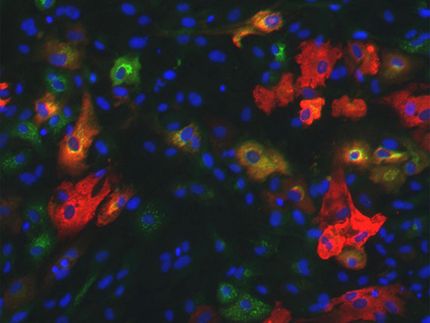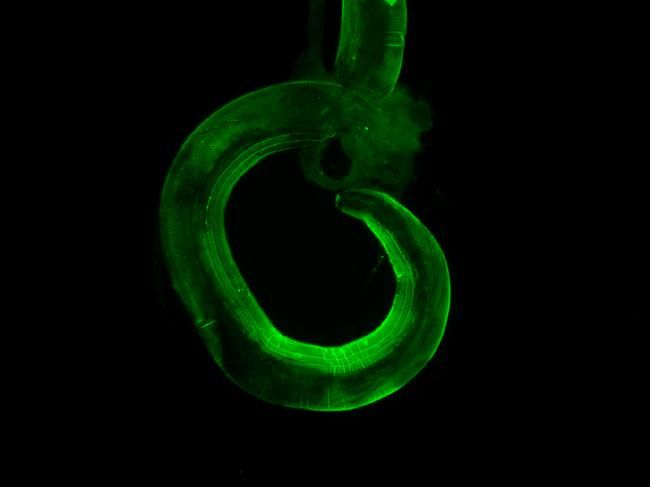PBL awarded major US patent on short RNA
Plant Bioscience Limited (PBL) announced that the United States Patent Office has allowed claims in its patent application 10/806,253 for detection of short RNA molecules to identify gene silencing in mammals and mammalian cells. Silencing is a natural phenomenon that occurs in many different organisms from yeasts to plants to humans. It is a central mechanism for modulation of gene Expression. Interest in the detection and use of short RNA molecules (siRNA and miRNA) has seen a dramatic increase over the past few years. Researchers use detection methods to analyse miRNA expression patterns and monitor siRNA levels following induction of silencing, for example to determine whether gene therapy drugs are having their intended effect on the expression of target genes relevant to diseases, such as cancer. The award of this patent (7,704,688, issue date 27 April 2010) comes as further recognition by the United States Patent Office (USPTO) of the pioneering contributions of Professor Sir David Baulcombe and Dr Andrew Hamilton to the field of gene silencing in living organisms. The patent was initially filed in 1999, that is, after Andrew Fire and Craig Mello published on the use of dsRNA to induce silencing in nematodes in1998, but before the publication in 2000 of Thomas Tuschl and colleagues’ studies on short RNA molecules in Drosophila. In 2006, Fire and Mello received the Nobel Prize for their work on RNAi. The first of PBL’s patents to be granted by the USPTO for the work conducted by David Baulcombe and Andrew Hamilton was US Patent No. 6,753,139, which issued in 2004, for methods of detecting gene silencing in plants. Now, following substantial additional examination before the USPTO, claims directed to detection of silencing in mammals, through the detection of short RNA molecules, have also been allowed. The patent claims derive from research carried out by Baulcombe and Hamilton at The Sainsbury Laboratory in Norwich, UK and published in Science (“A Species of Small Antisense RNA in Posttranscriptional Gene Silencing in Plants”, (1999), 286, pp. 950-952). This paper describes the authors’ ground-breaking work in identifying short RNA molecules as the agents which both signal the occurrence of and induce gene silencing.
Other news from the department research and development
Most read news
More news from our other portals
See the theme worlds for related content
Topic world Gene therapy
Genetic diseases once considered untreatable are now at the center of innovative therapeutic approaches. Research and development of gene therapies in biotech and pharma aim to directly correct or replace defective or missing genes to combat disease at the molecular level. This revolutionary approach promises not only to treat symptoms, but to eliminate the cause of the disease itself.

Topic world Gene therapy
Genetic diseases once considered untreatable are now at the center of innovative therapeutic approaches. Research and development of gene therapies in biotech and pharma aim to directly correct or replace defective or missing genes to combat disease at the molecular level. This revolutionary approach promises not only to treat symptoms, but to eliminate the cause of the disease itself.
























































